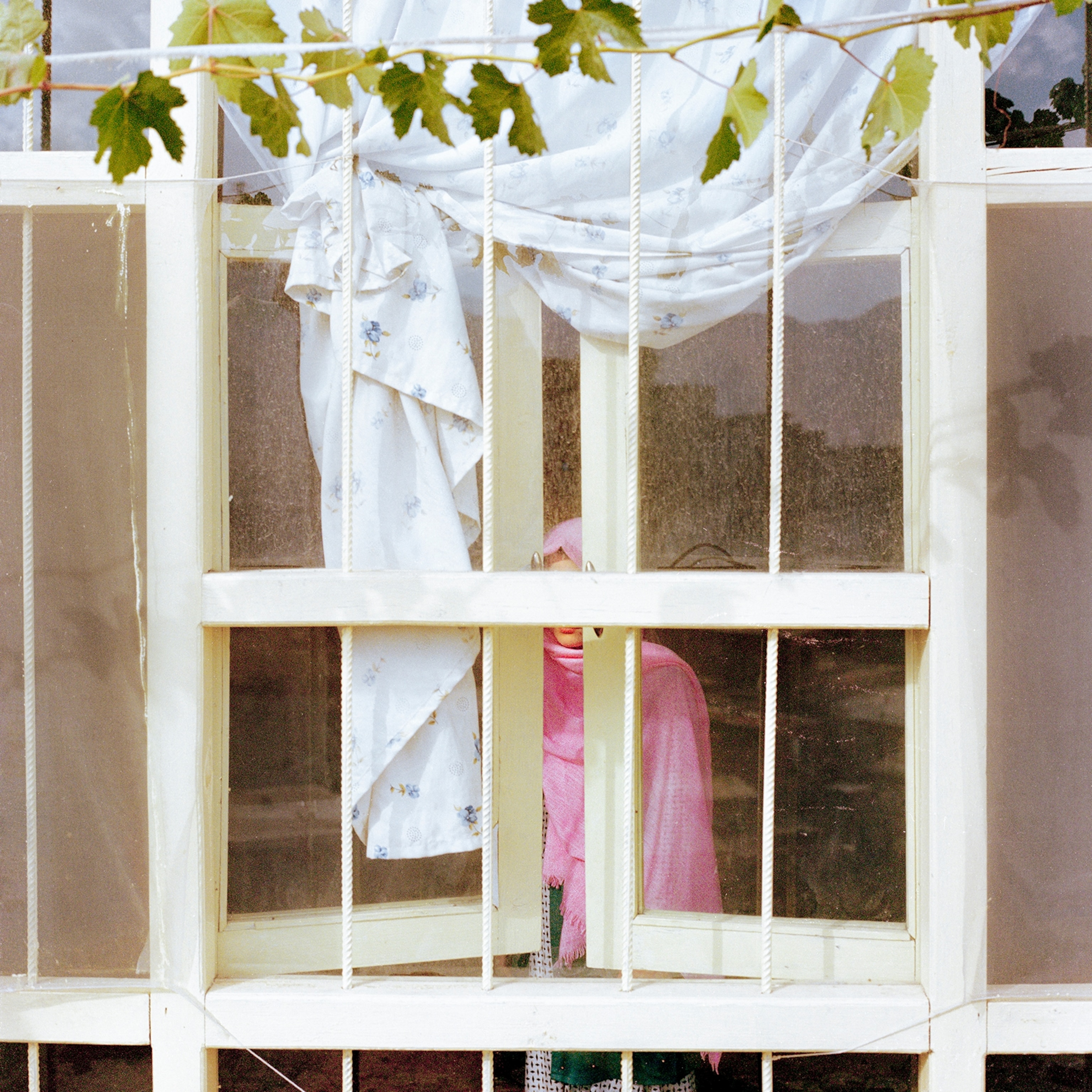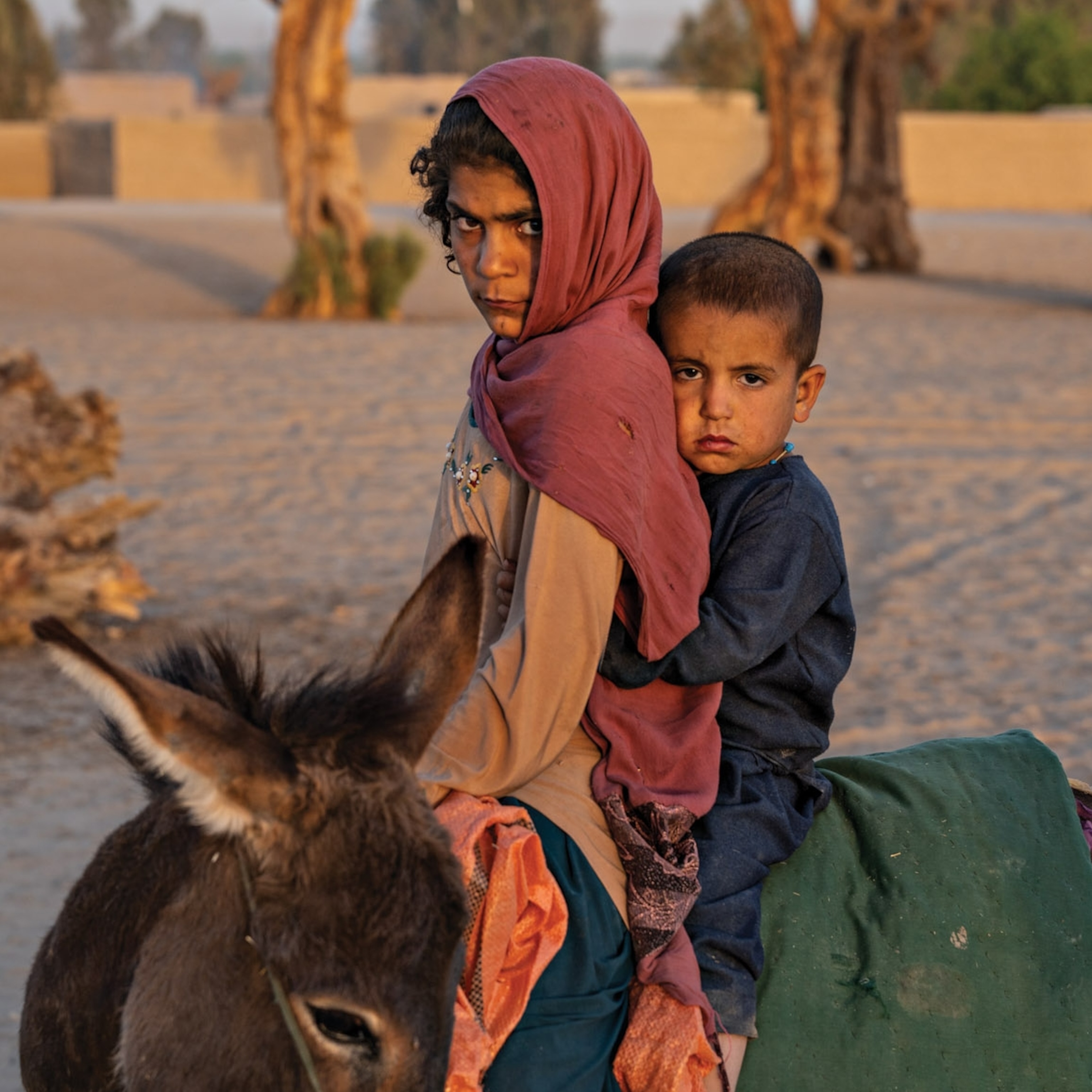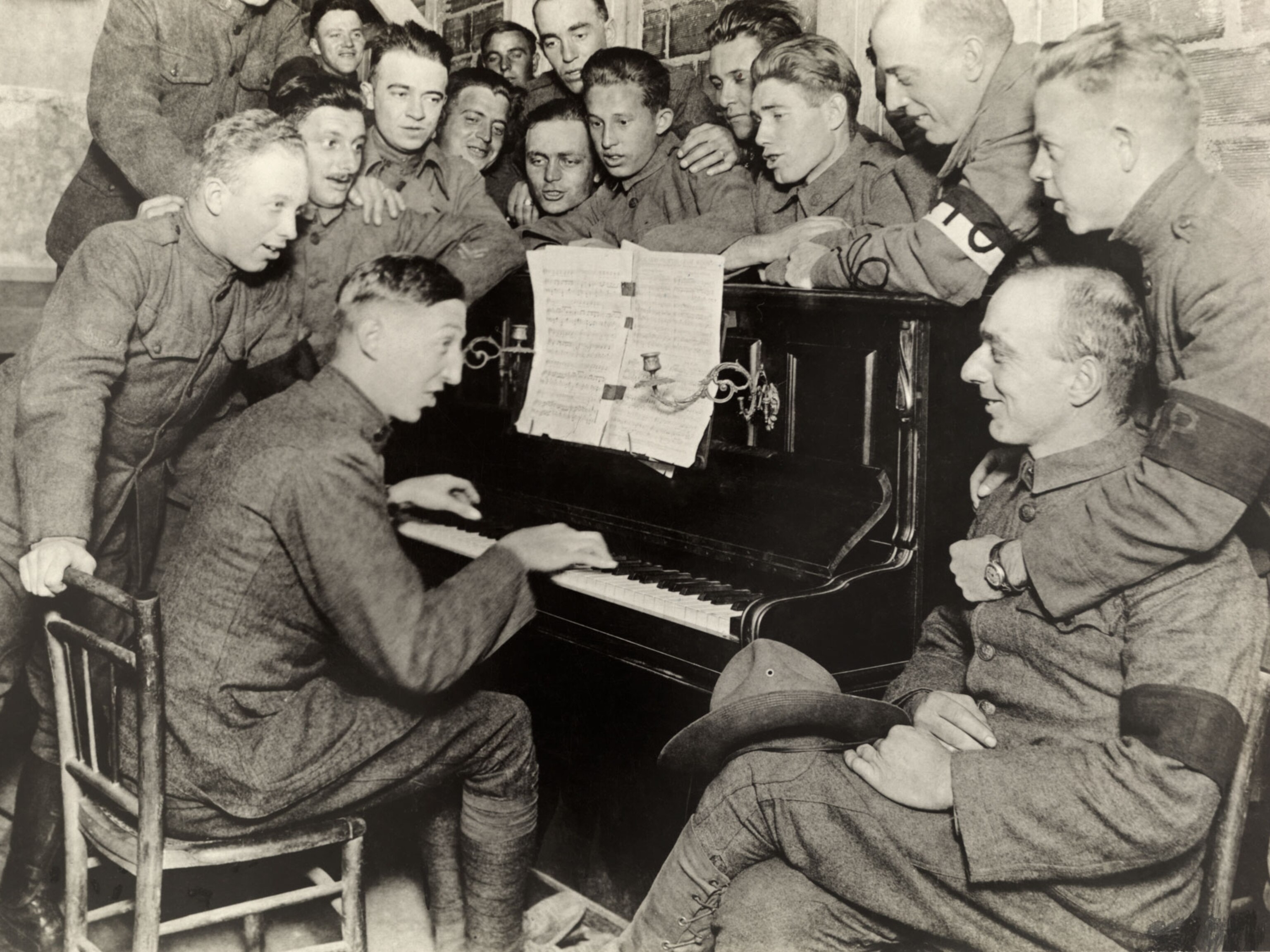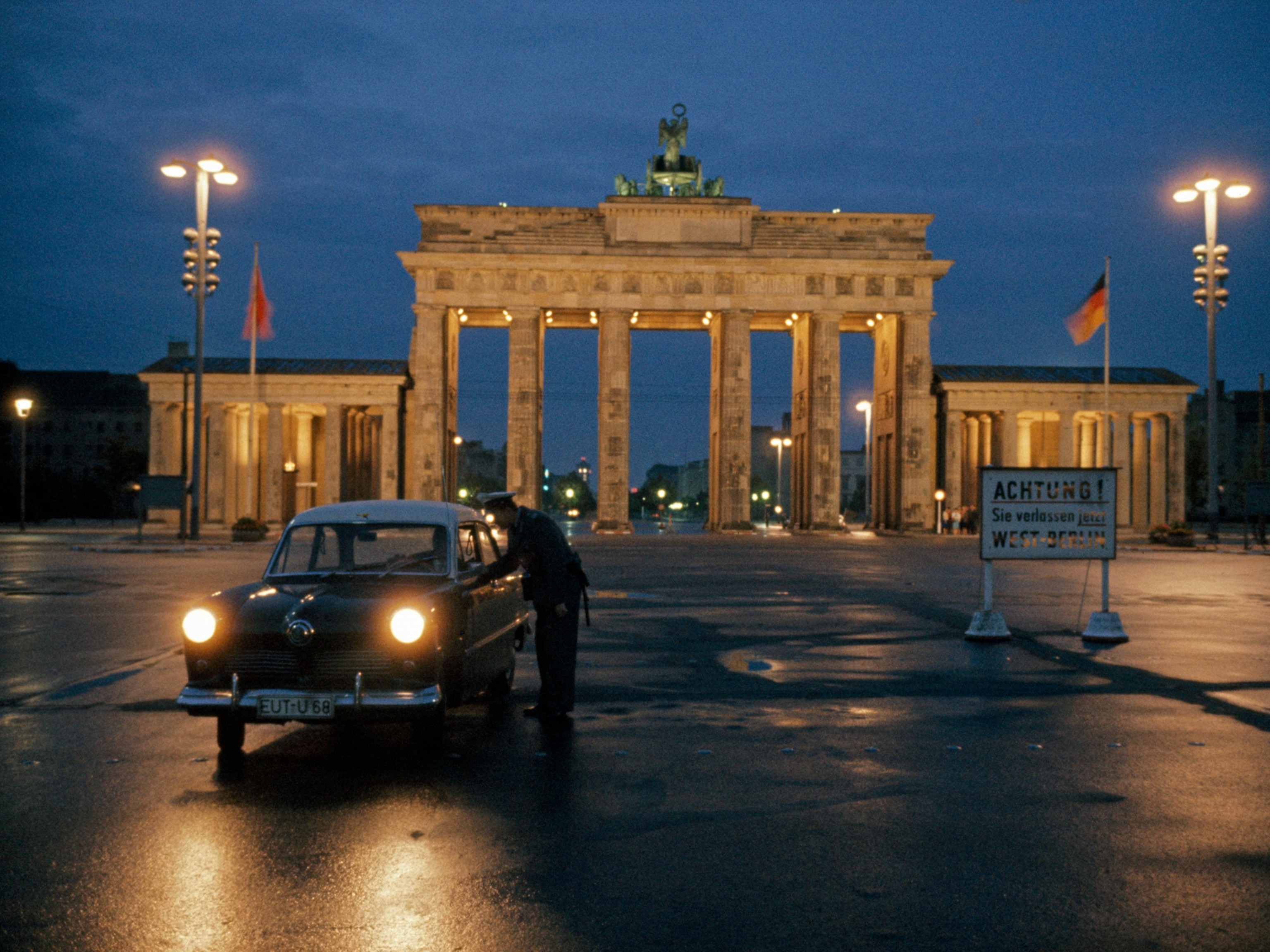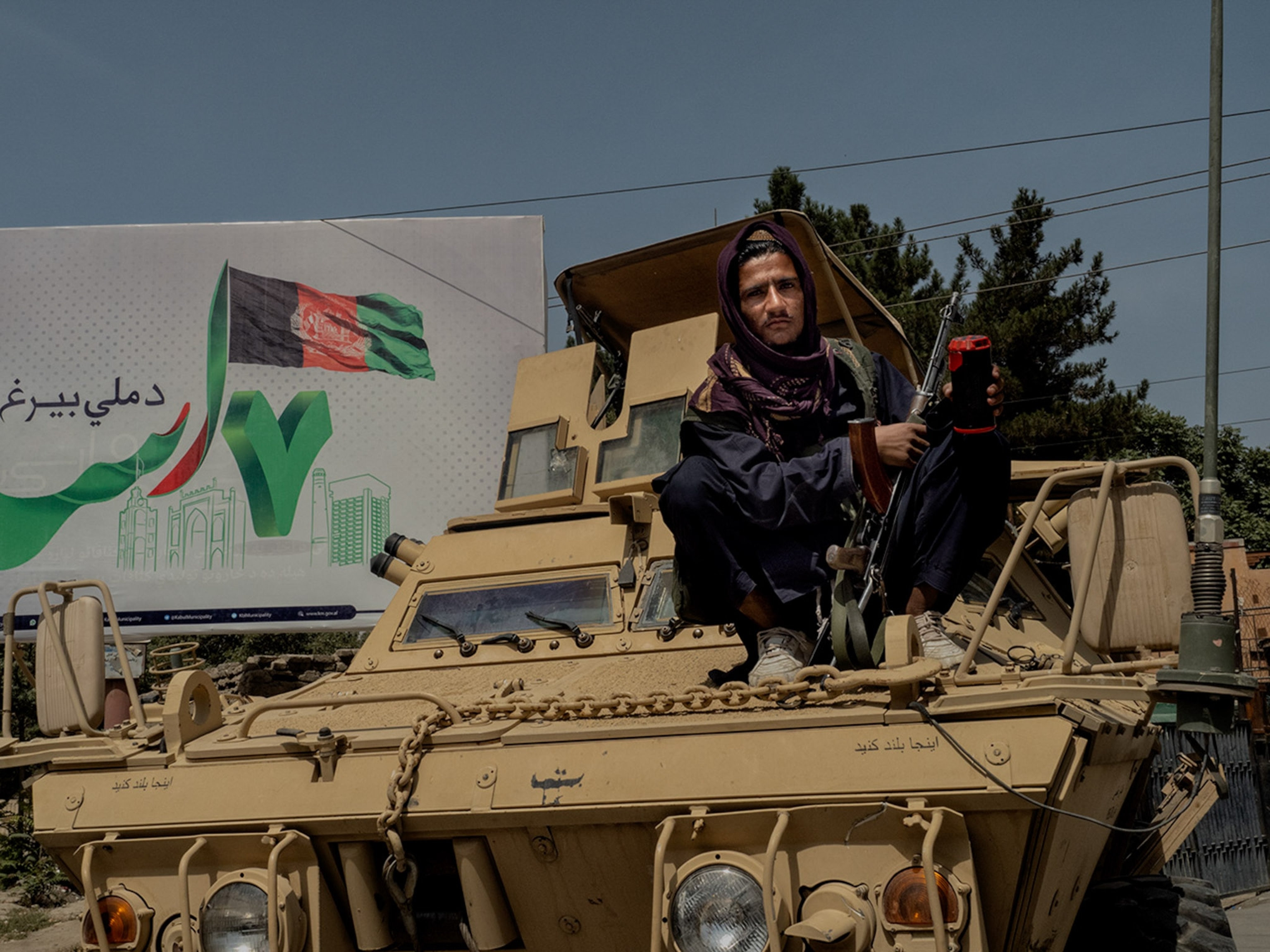
What Afghanistan and the world could lose with the Taliban's return
More than a decade ago, a National Geographic writer saw warning signs the U.S. commitment would flag—and fragile democratic advances that could now be undone.
As Afghanistan fell to the Taliban province by province, and American military officials struggled to evacuate those who sought to escape, I recalled a distressing incident that took place during a reporting trip to Afghanistan for National Geographic.
I was there with photographer David Guttenfelder in the late spring of 2010 to write about how subsistence poppy farmers had been unwittingly caught up in bankrolling the Taliban’s activities after the militants seized control of the Afghan opium trade. I had been to Afghanistan once before, in 2005, to profile the president, Hamid Karzai, for GQ. As the chief Asia photographer for the Associated Press, Guttenfelder had embedded with the U.S. military in Afghanistan numerous times since the 9/11 terrorist attacks.
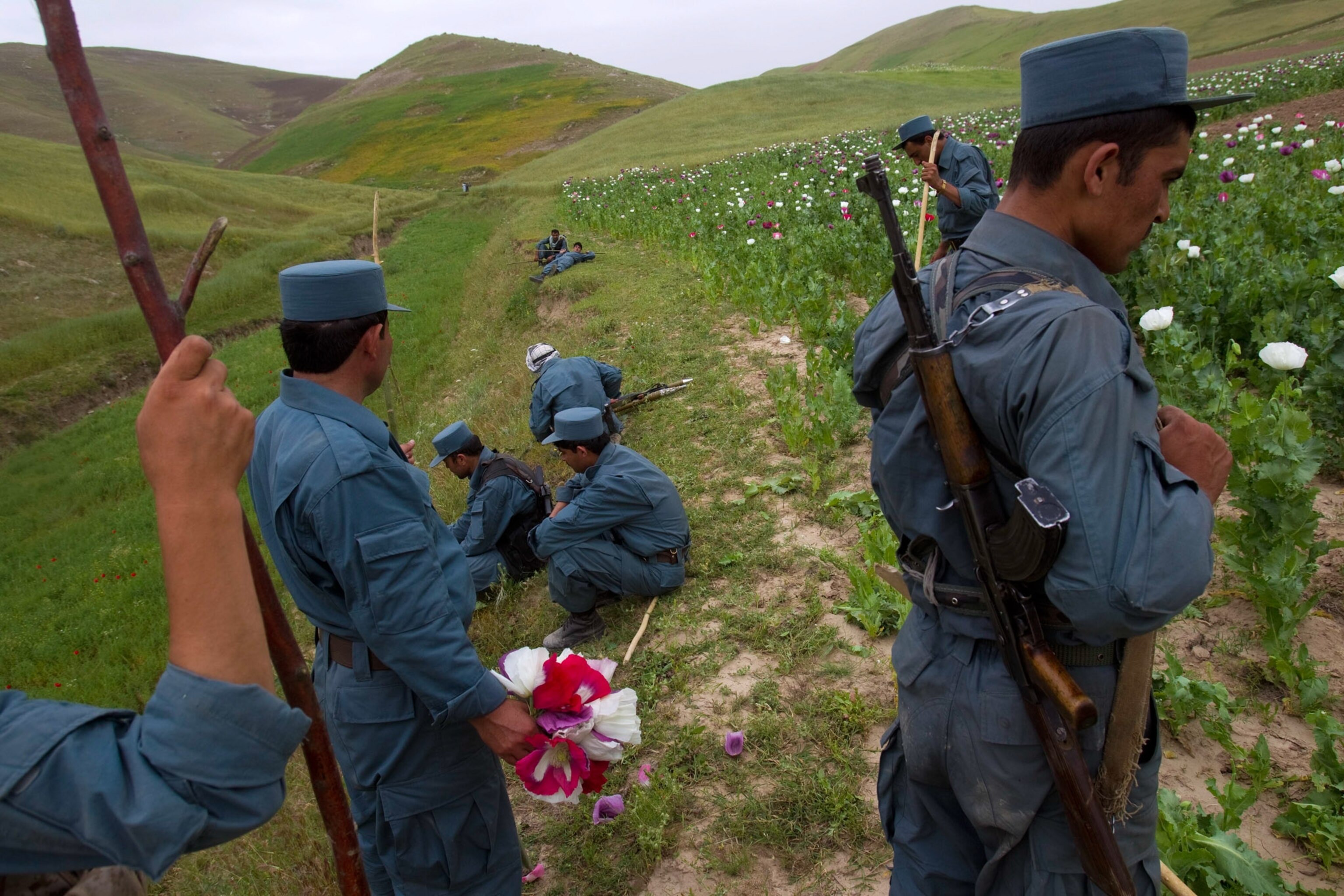
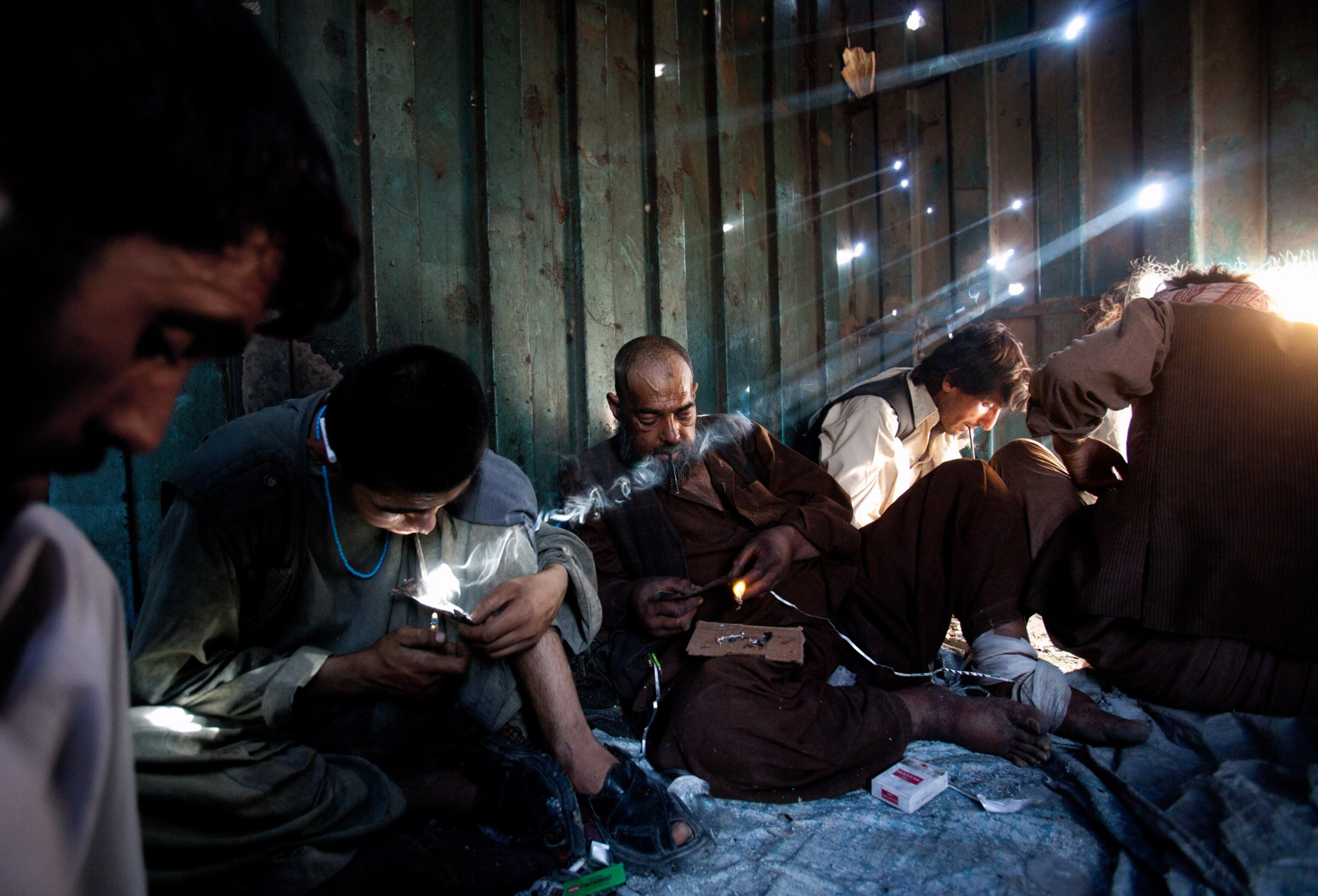

Still, even his familiarity with Afghanistan did not prepare him for the experience of roaming remote, at times lawless provinces. We traveled as furtively as we could, wearing scarves and using drivers we hoped were on the level. In Badakhshan, on the country’s northern border with Tajikistan, rural streets we had driven during the day were roadblocked by the Taliban at night. Two months after we left, a group of NGO workers running an eye clinic were massacred by Islamist militants. In Nangarhar, east of Kabul, we stayed in the compound of 36-year-old Linda Norgrove, a warm-hearted USAID regional director from Scotland. A few weeks later, Linda was captured by the Taliban and then killed during a rescue attempt.
The incident that recent events brought to mind took place while we were seeking to travel to Badakhshan. An American military team agreed to take us there by helicopter. We arrived at the airstrip with our Afghan interpreter, but as we were hustled aboard, a U.S. solider motioned for the interpreter to return to the office to fill out some travel papers. Then the copilot slammed the door shut, climbed inside, and the pilot lifted off.
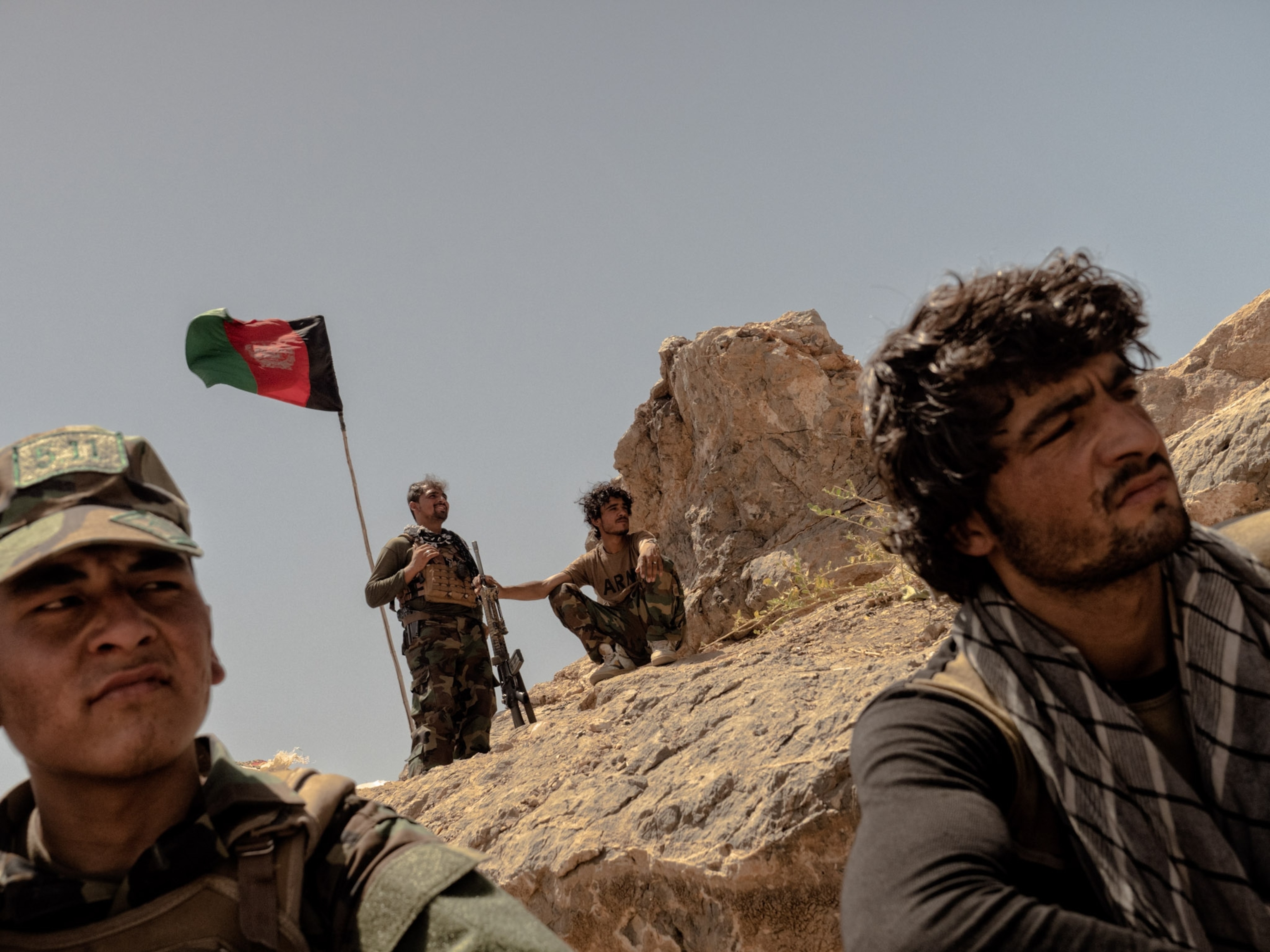
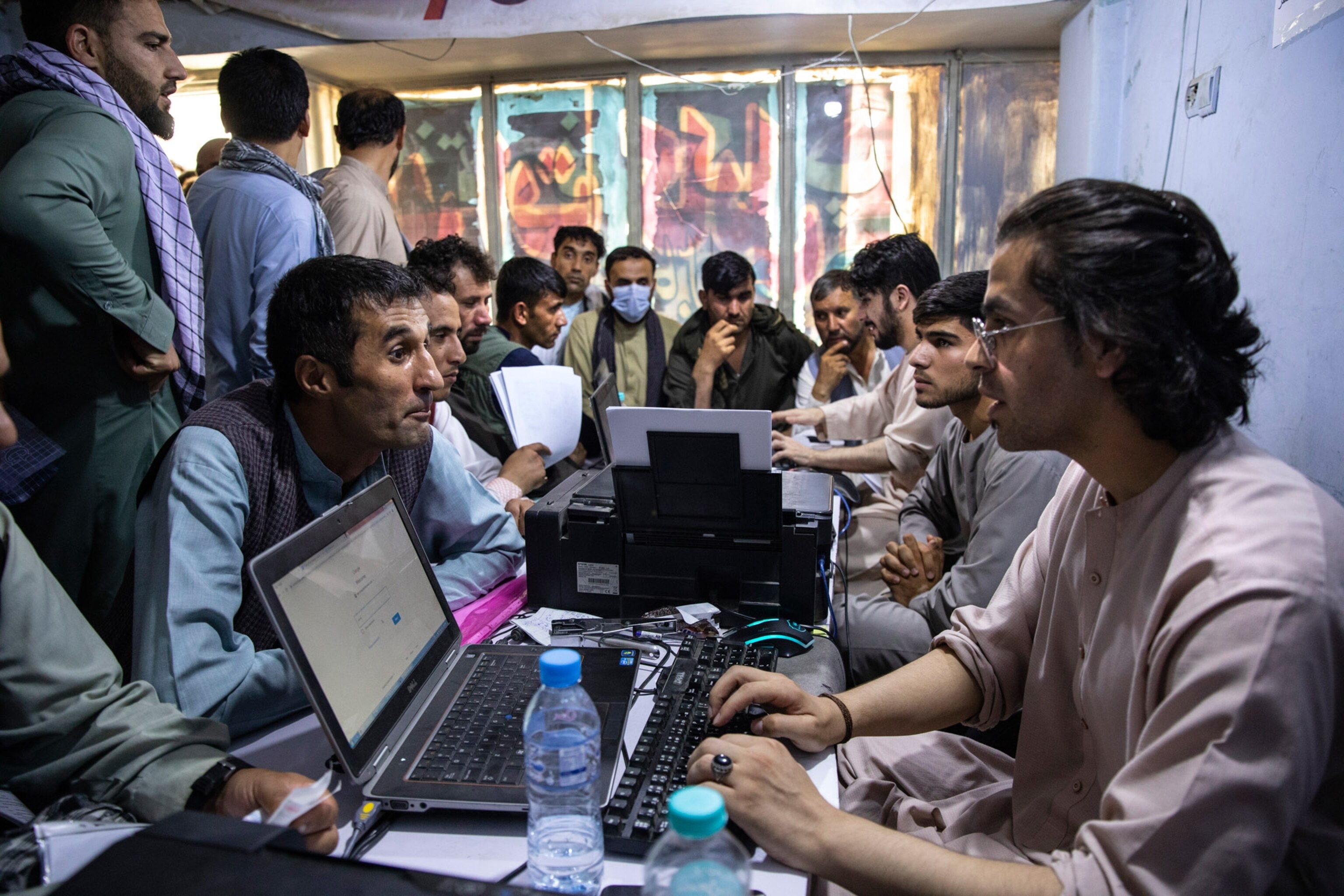
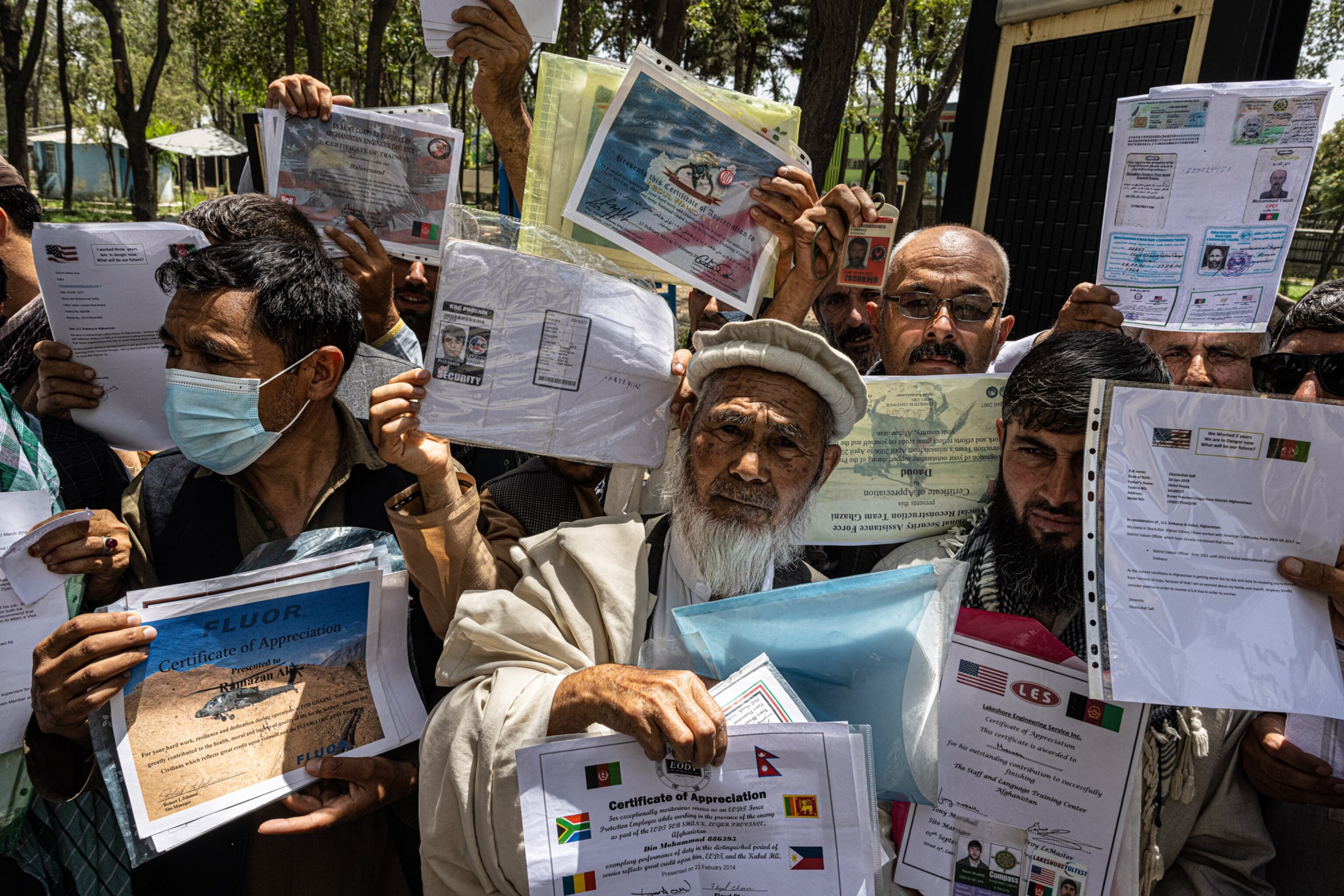
Guttenfelder and I protested. The copilot’s explanations—too much weight, not enough room, whatever else—were perfunctory and oblivious to anything we said. minute later, we were headed toward the Hindu Kush. Meanwhile, our interpreter was stranded in a region where he knew no one, putting him in great danger. After a week of filching rides and sleeping on the floors of strangers, he made it safely to Kabul.
Presumably everyone in Afghanistan knew the day would come when the U.S. would leave the Afghan people to find their own way. Even so, President Joseph Biden’s decision to honor the promise of his predecessor, Donald Trump, and withdraw the remaining 2,500 troops stationed there came abruptly, with little explanation for the timing. Moreover, the sudden resurgence of the Taliban—somehow overwhelming the 300,000-strong Afghan military, despite having one-fourth the fighters—augured an outcome that might well be less fortunate than what our interpreter managed when the Americans deserted him 11 years earlier.
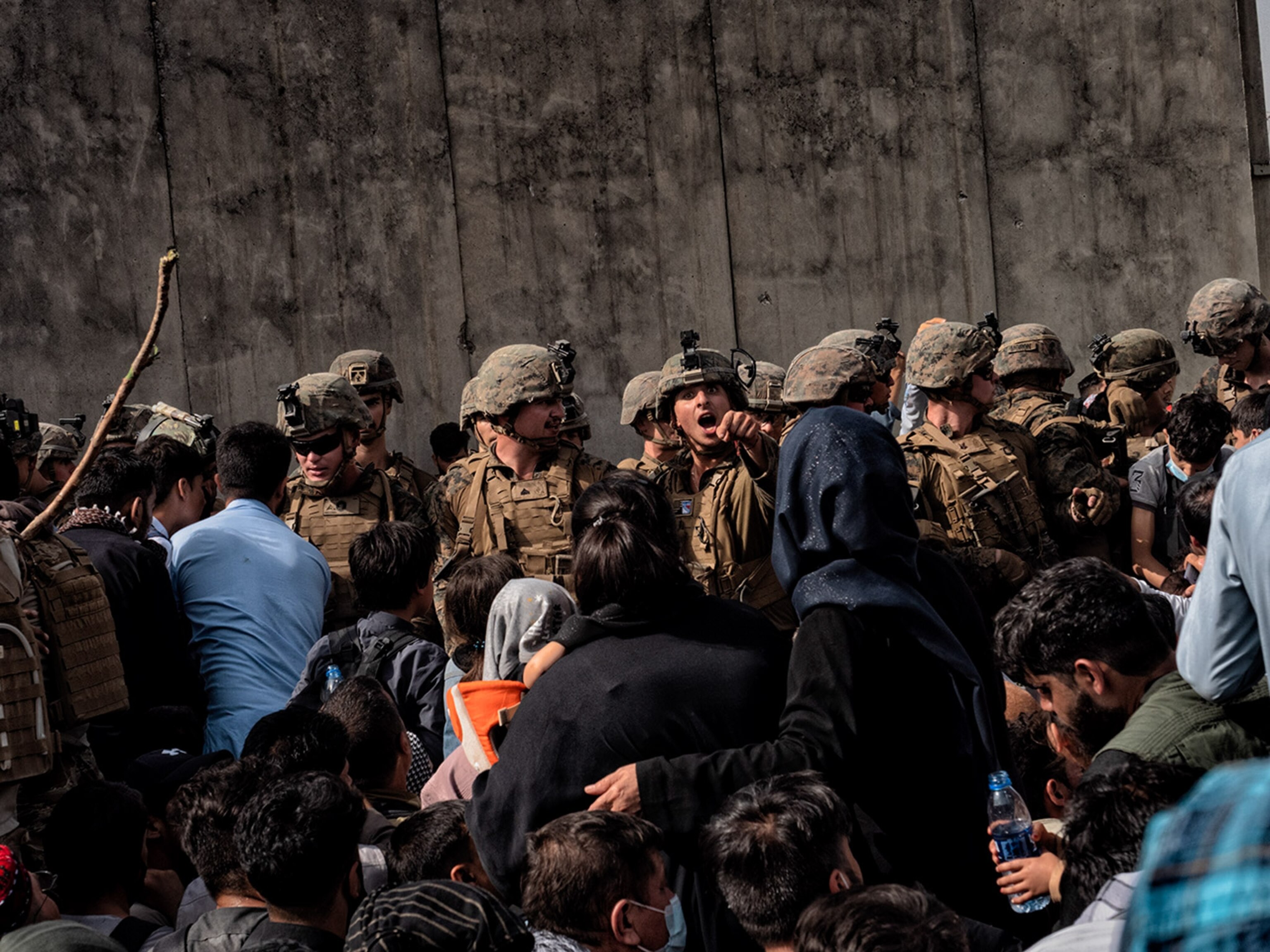
That the Afghan army capitulated so swiftly to the Taliban should not have surprised the Biden administration. If any consistent pattern has persisted over the past two decades, it is this: U.S. political leaders praised the growing capabilities of the Afghan security forces, only to fall silent when asked to name a precise end date for the American military presence. The arduous quest for a self-sustaining Afghan military had always been undercut by a baseline reality. That reality is this: the Western military trainers do not live there. The Afghan soldiers do—and so do the Taliban. I heard this time and again during my travels, from farmers and imams and the Taliban: Time was on their side. They would go to ground as long as it took, until an American president finally decided that the optics of being stuck in a forever war was politically unpalatable. The Taliban, meanwhile, answer to no electorate.
Tugging in the opposite direction from the decision to withdraw from Afghanistan are the many advances the country has made during the 20 years that the Taliban were kept more or less at bay. Democratically held elections took place in every province, a stirring accomplishment despite considerable resistance—as when a woman from Paktika province who was running for Parliament told me she doubted her chances, given that a group of men were going door to door and confiscating women’s voting cards. (“Look,” said Karzai when I brought up the matter to him in 2005, “if a woman from Paktika can run for Parliament, you don’t know what that means! It means massive progress!”) Schools for girls were opening after the Taliban had forbidden their education. The eradication of the poppy fields that helped fund the Taliban was slowly progressing, at least in some provinces.
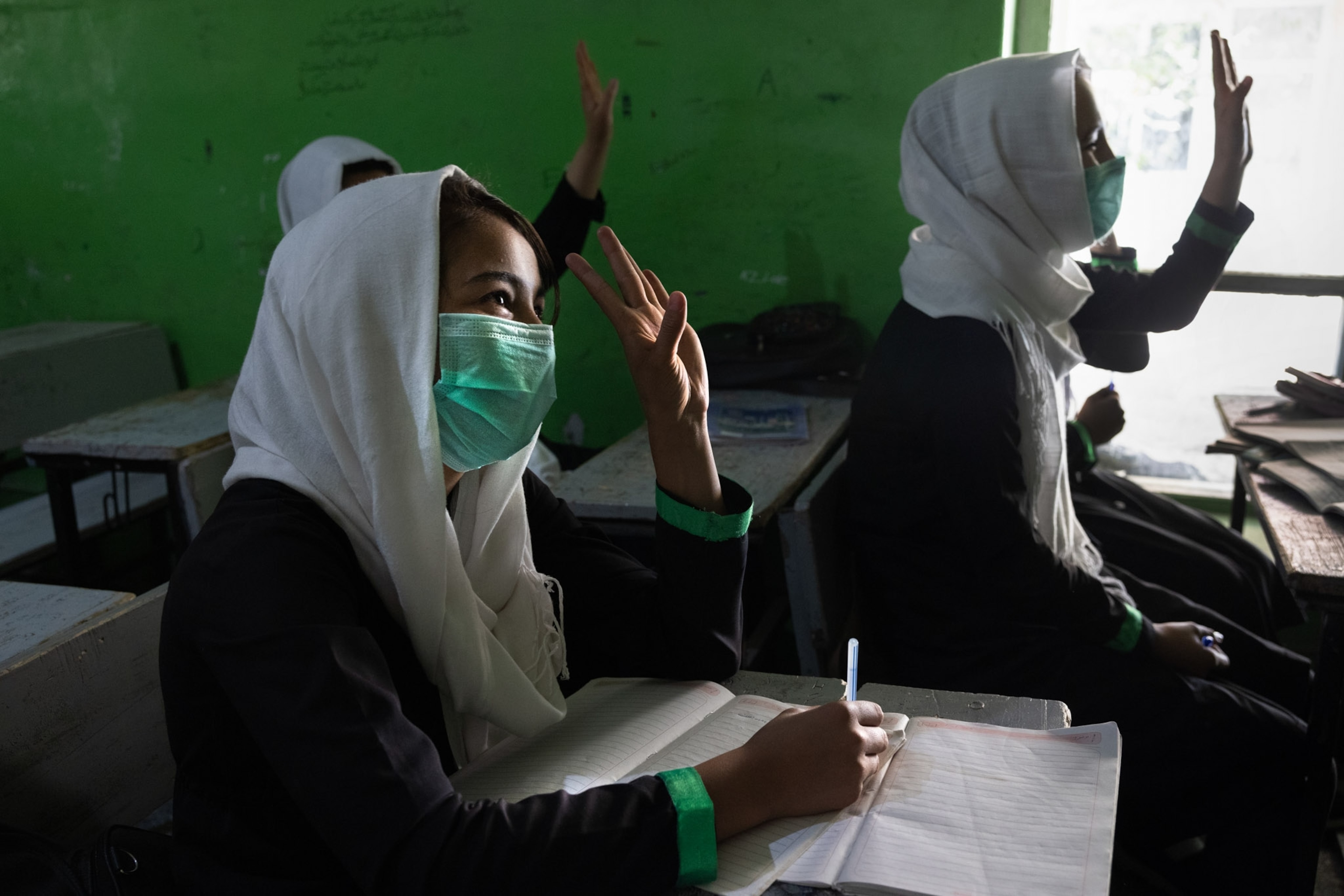
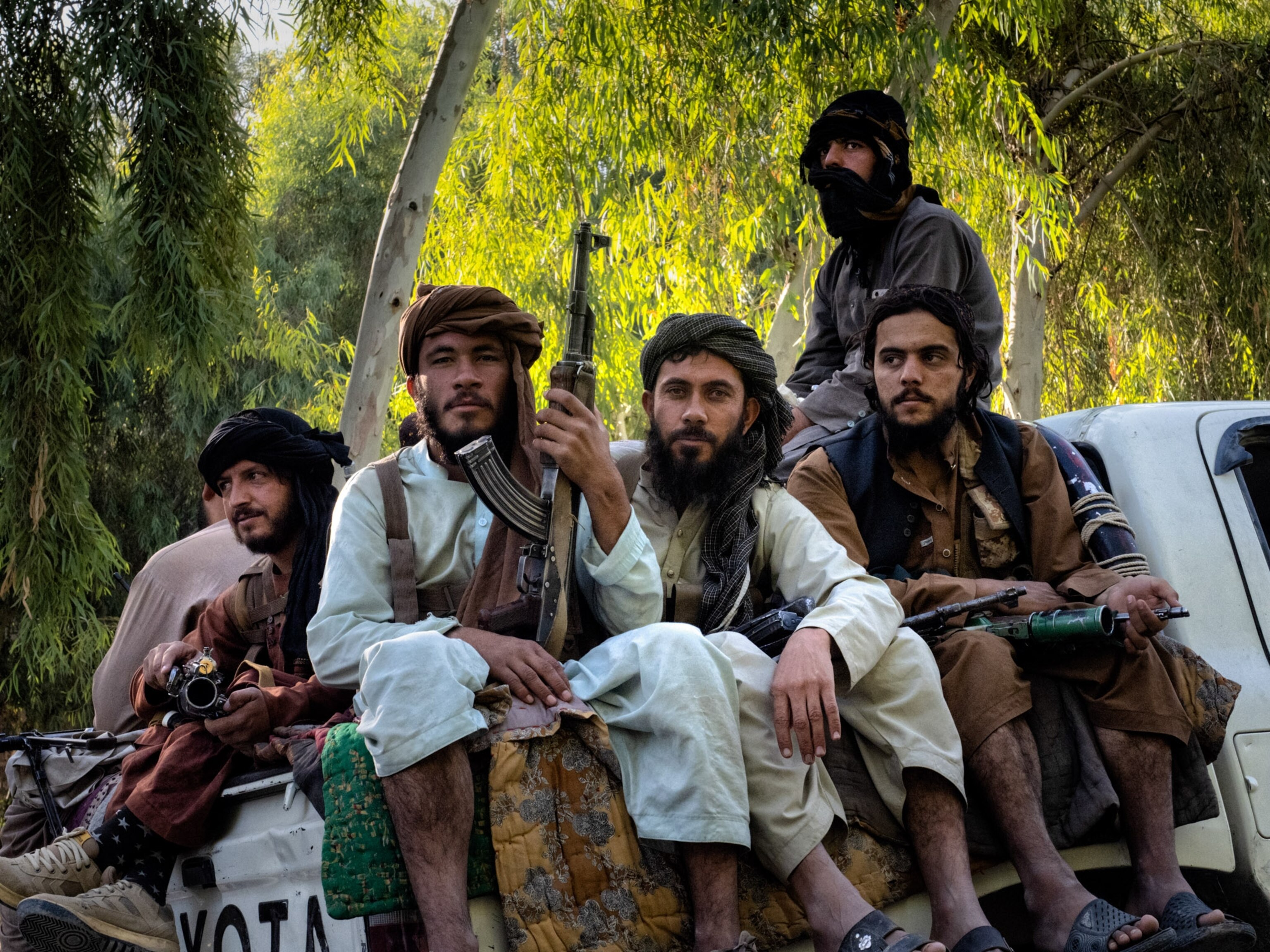
Throughout it all, American largesse played an outsized role. In 2010, I encountered a stupefying array of Western-subsidized economic projects. In Nangarhar province alone, these included a hydroelectrically powered textile mill, new bridges and irrigation canals and dams, a women’s weaving co-op, a potato chip factory, a honey processing plant, a jam manufacturing facility, and a vast produce market in the city of Jalalabad. Still, it was disconcerting to hear the deputy director of the market tell me, “This country’s still at war. We can’t stand on our own two feet. If a country’s been at war for 30 years, it may take 80 years to rebuild.”
Eighty years to rebuild? I thought. The deputy director’s comment dovetailed with a sentiment I would hear expressed a couple of weeks later from the U.S. commanding officer at the military base in Marjah, a town in the dangerous province of Helmand in the country’s south on the border with Pakistan. This officer, contagiously gung-ho about the beneficial role America could play in Afghanistan, rattled off numerous programs he envisioned for the locals: “Why not have a chicken co-op, so they can sell their eggs here in Marjah? Instead of just providing cotton, why not make Marjah yarn? A drug factory that employs 30 guys?”
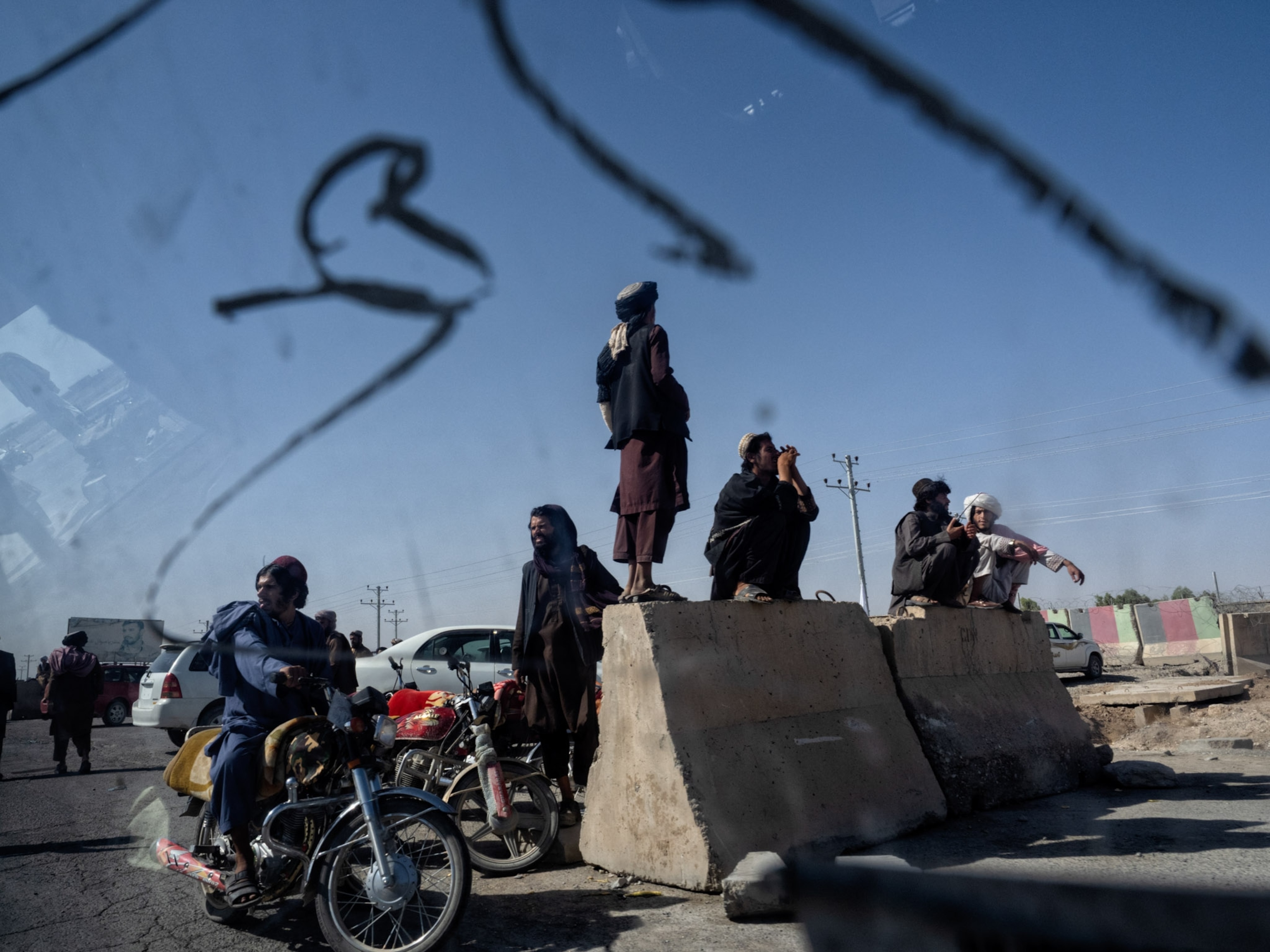
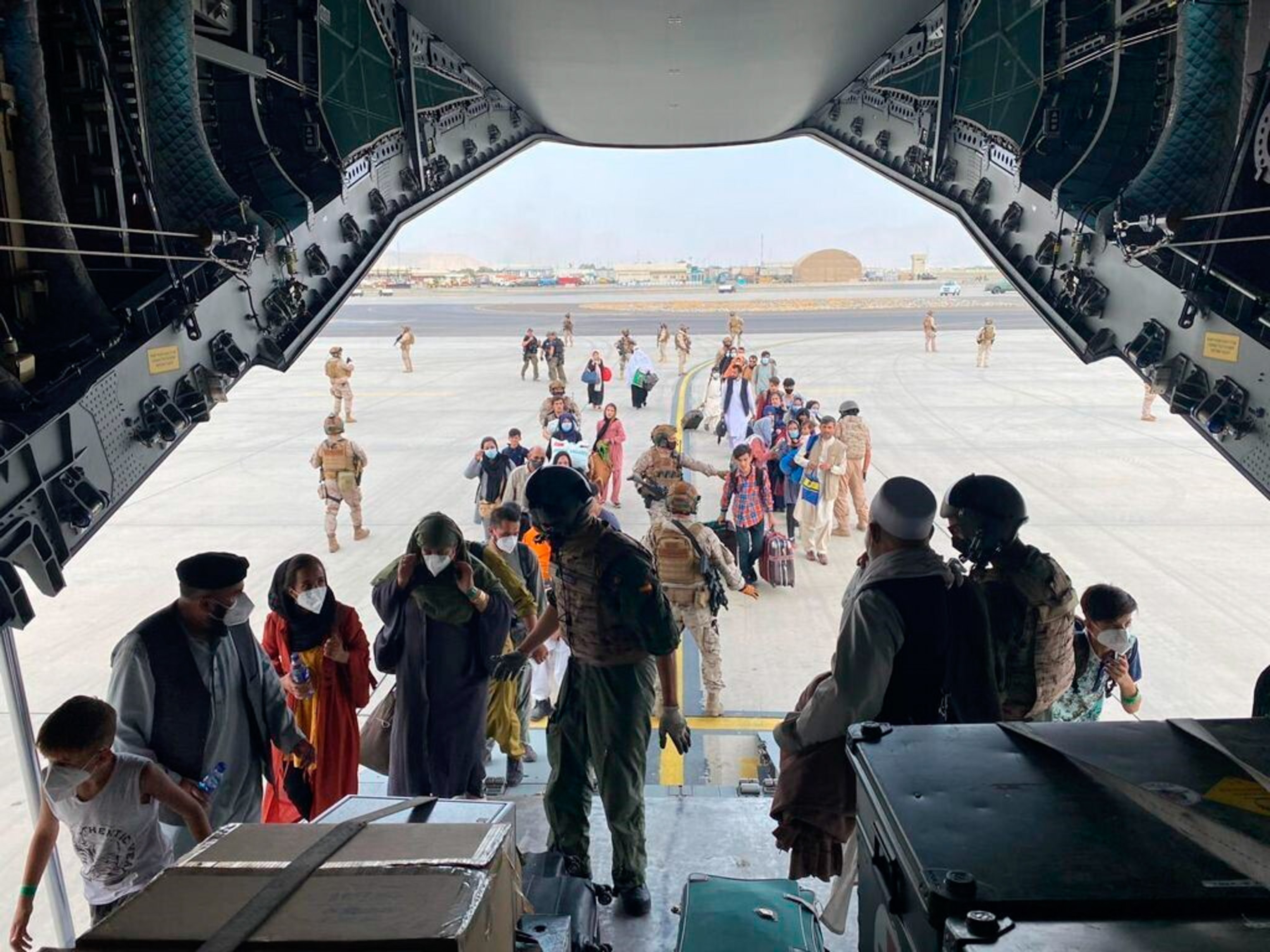
Investments on this scale have never been made in low-income, violence-stricken American communities, I thought. Could U.S. taxpayers abide doing so in Afghanistan? For up to 80 years? The questions answer themselves.
Less answerable, at least to me, is the question of whether democracy is sustainable in a country of centuries-old tribal structures. The impulse of George W. Bush’s administration, which launched the U.S. military presence in Afghanistan a month after the 9/11 attacks, was to regard that question as offensive on its face. And perhaps it is offensive, insofar as the Afghan people—certainly including the women and girls who endured brutality under the previous Taliban regime—deserve the opportunity for self-determination like everyone else.
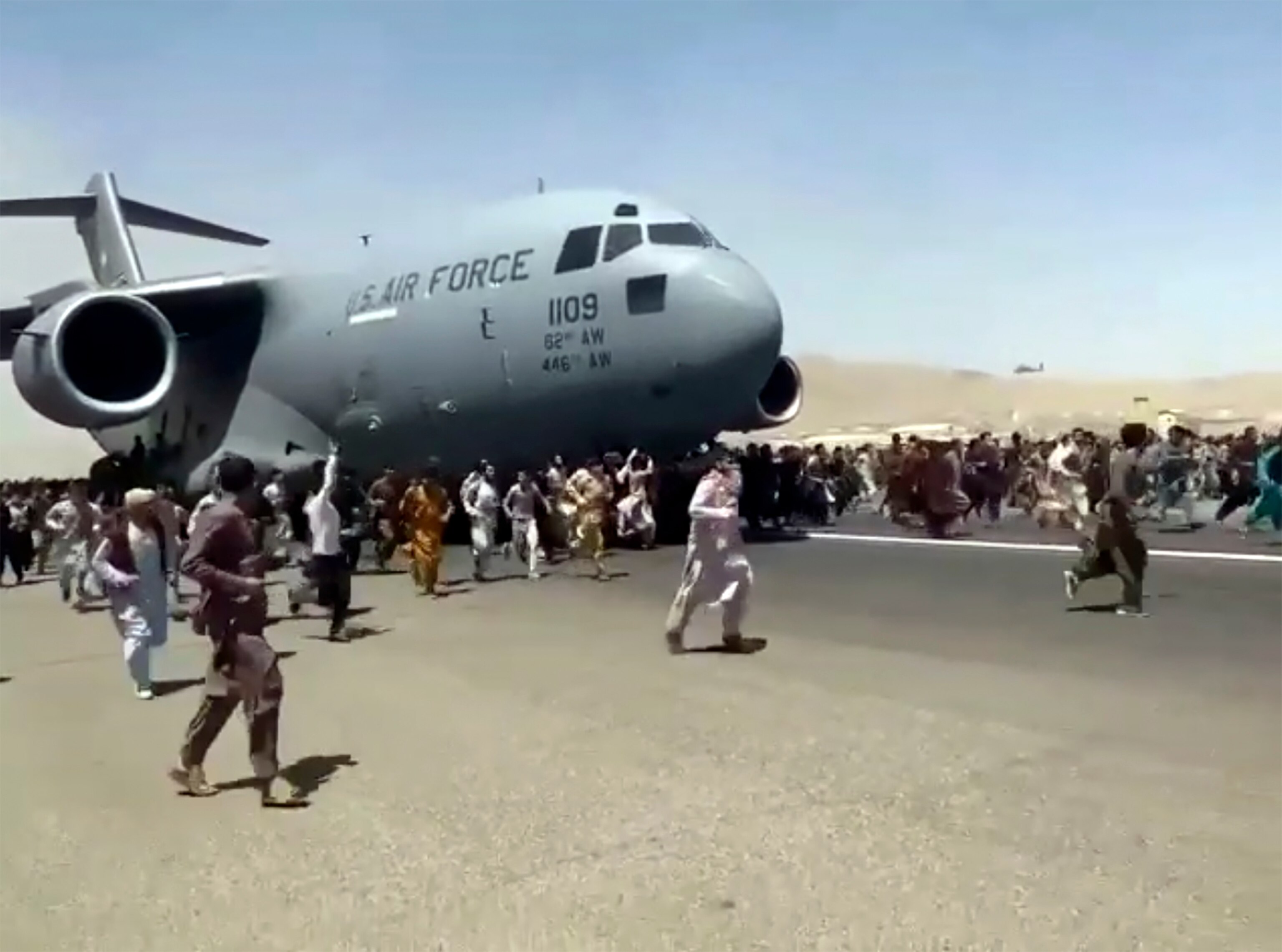
What people deserve and whether they are willing to pay the price for what they deserve are entirely different issues, however. For America, the price of democracy was a revolution against a British monarchy followed by a civil war and more than a century’s worth of ongoing struggles for social justice. With the Afghan army’s vanishing act, the prospect of a revolt against the Taliban now seems tantamount to a suicide pact.
Should America have stayed and footed the bill? Was the indefinite presence of 2,500 U.S. troops for the sake of protecting the nation from supporters of terrorism so unreasonable an investment? Any more unreasonable than, say, the continued U.S. military presence in Iraq or South Korea?
But as Biden has pointed out, it’s not 2001 anymore. “Today, the terror threat has metastasized beyond Afghanistan,” he said while briefing White House reporters on the accelerated troop drawdown. Islamist terrorists no longer look to Afghanistan as their one and only safe haven. As I discovered while reporting in Niger for National Geographic at the end of 2018, violent extremist groups have taken refuge and gathered strength in each of Niger’s neighboring countries: Libya, Algeria, Mali, and Chad. Such terrorist groups have spread throughout the Middle East and South Asia.
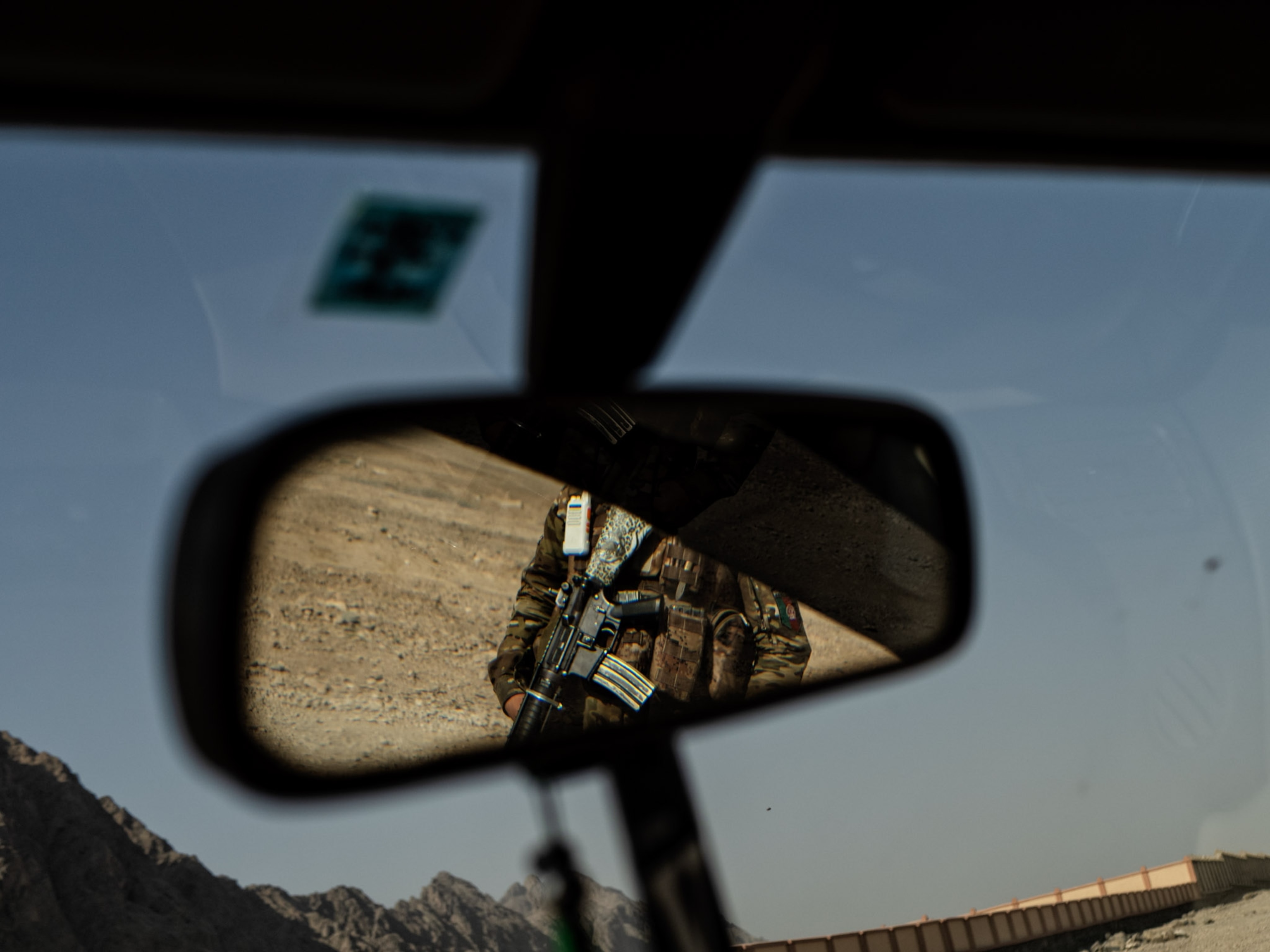
From a U.S. security perspective, then, it would seem difficult to justify a continued presence in Afghanistan. From a humanitarian standpoint, however, the spectacle of Afghan interpreters and others who assisted the Americans now being stranded after Taliban forces swooped into power is all but unbearable. Is Afghanistan better off today than it was when before October 7, 2001, when U.S. operations commenced in Kabul and Kandahar?
Almost certainly the answer is yes—though those gains could soon be offset if American weapons end up in the hands of the Taliban. And even if they do not, America’s positive contributions to the lives of Afghans will almost certainly feel less tangible over time and will eventually be forgotten by many. The Taliban knew this. They never went away, knowing that someday we would.

